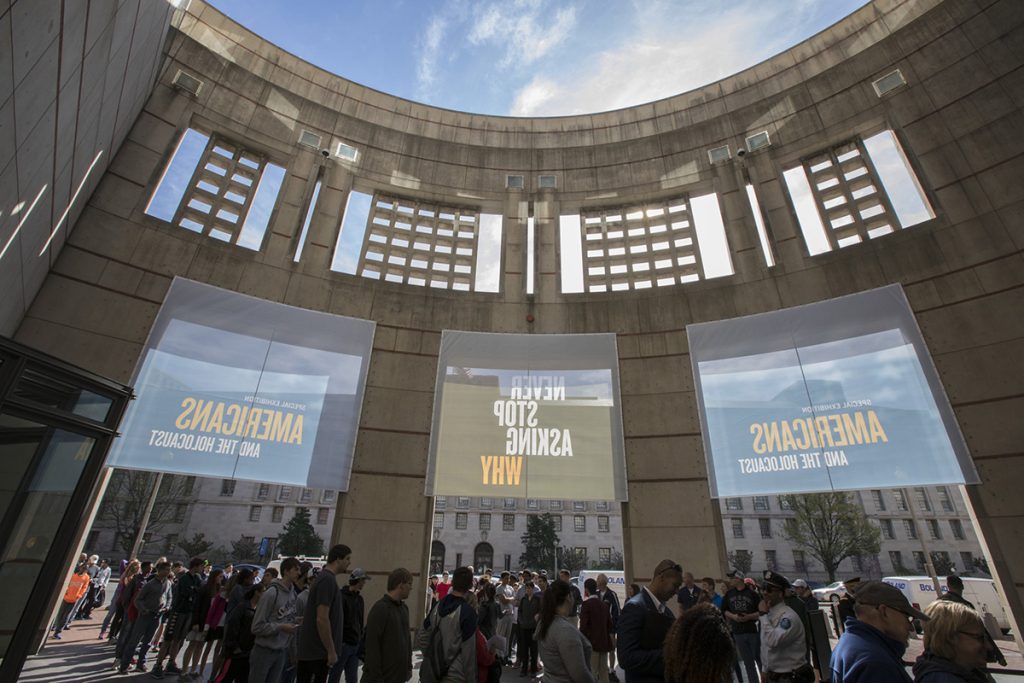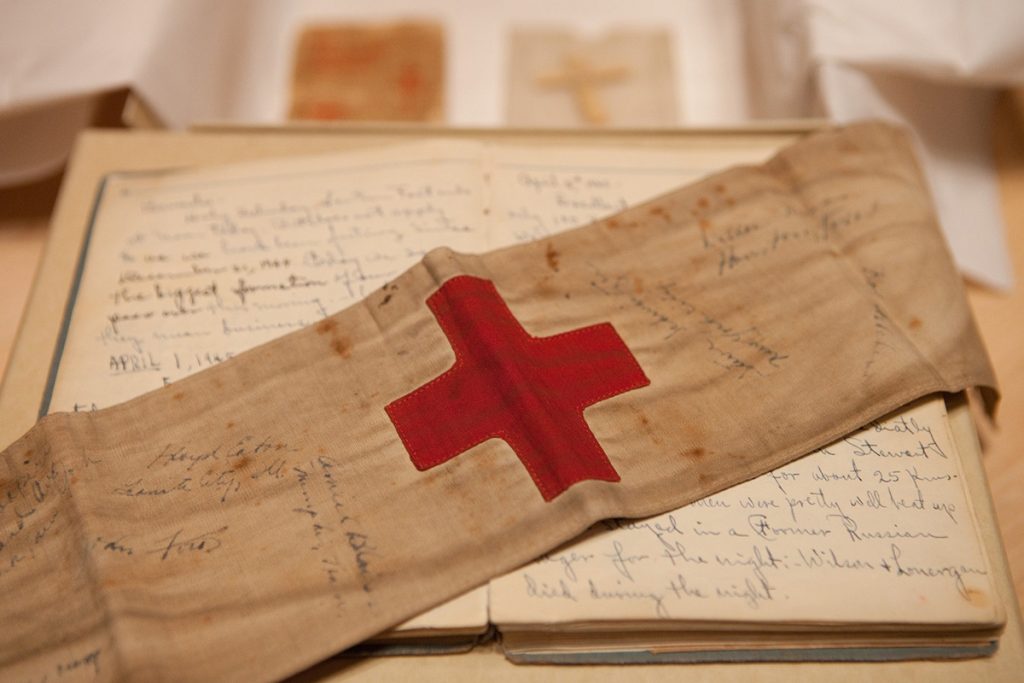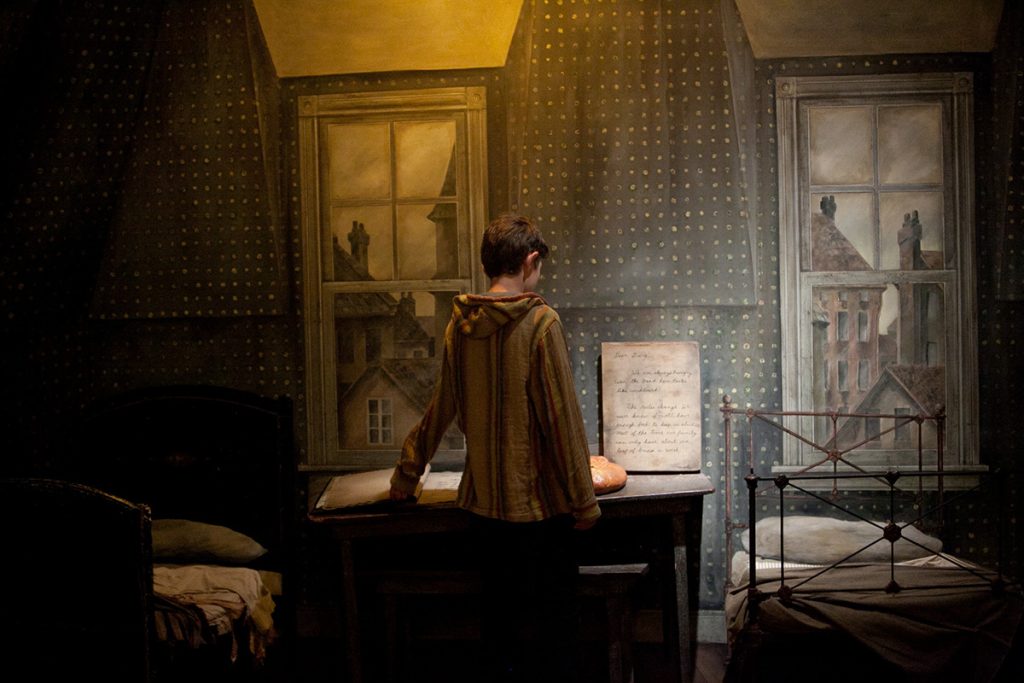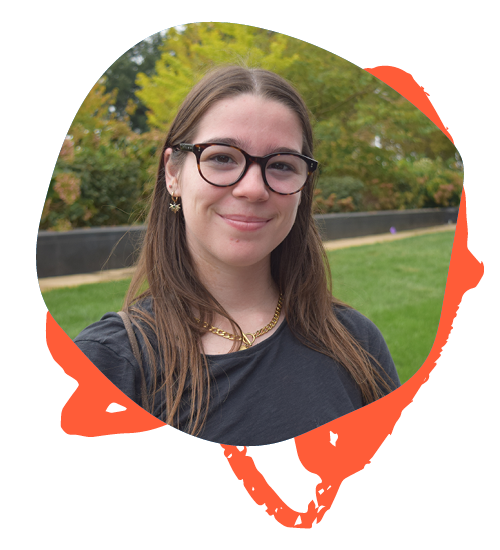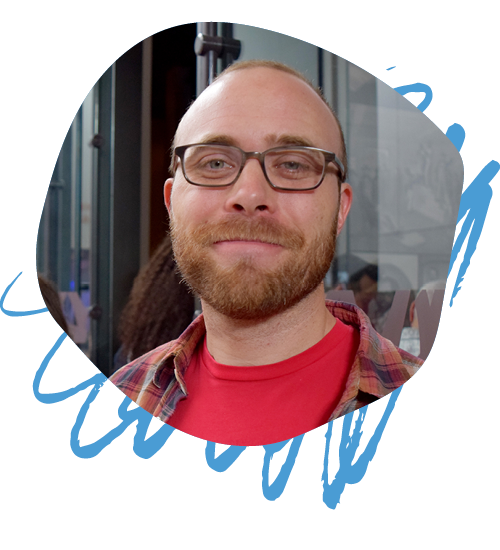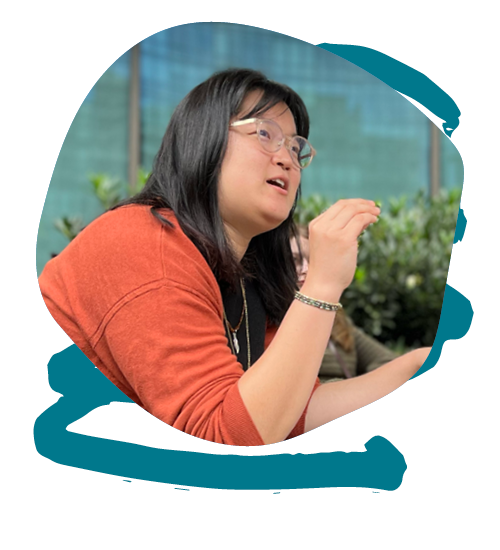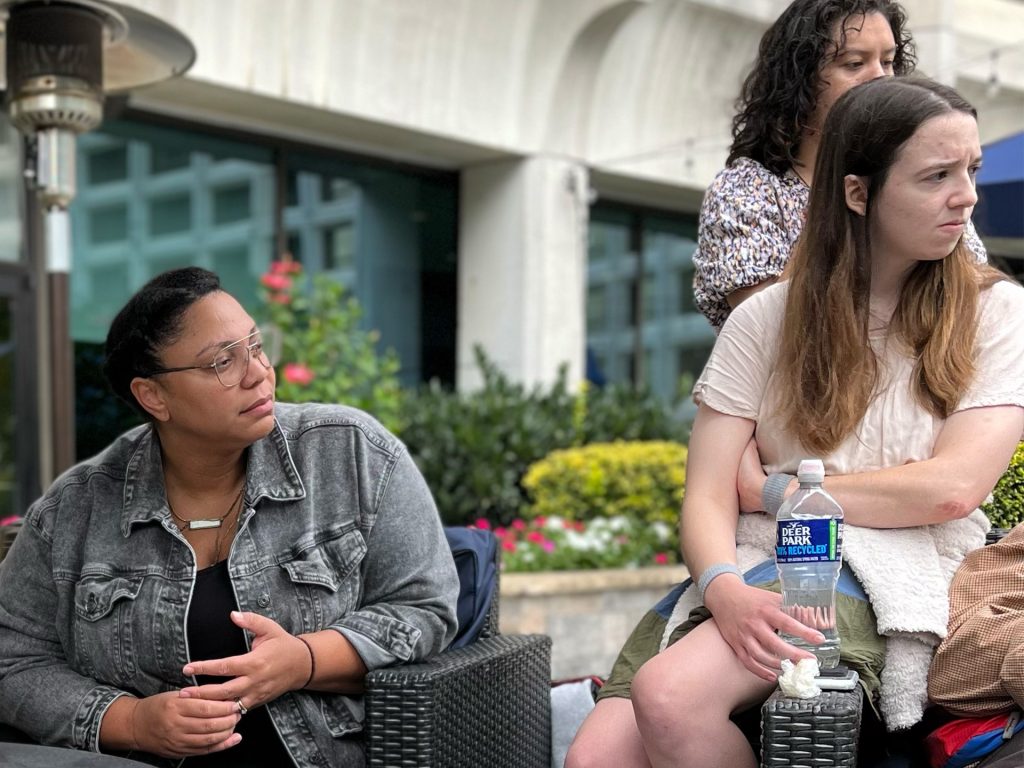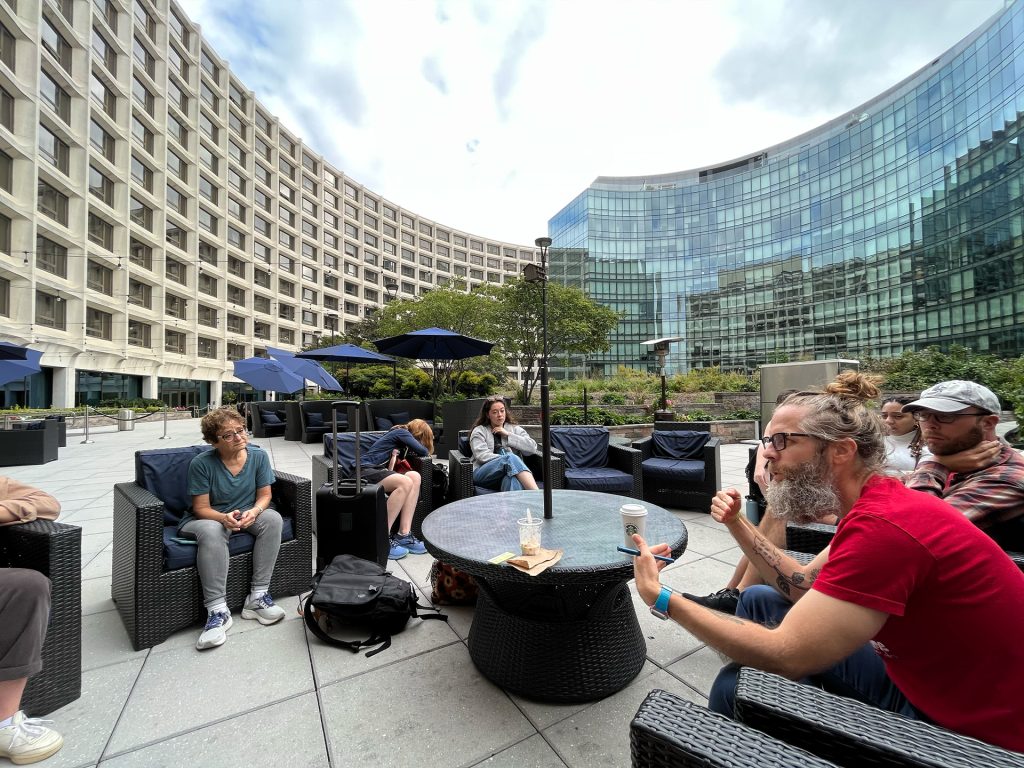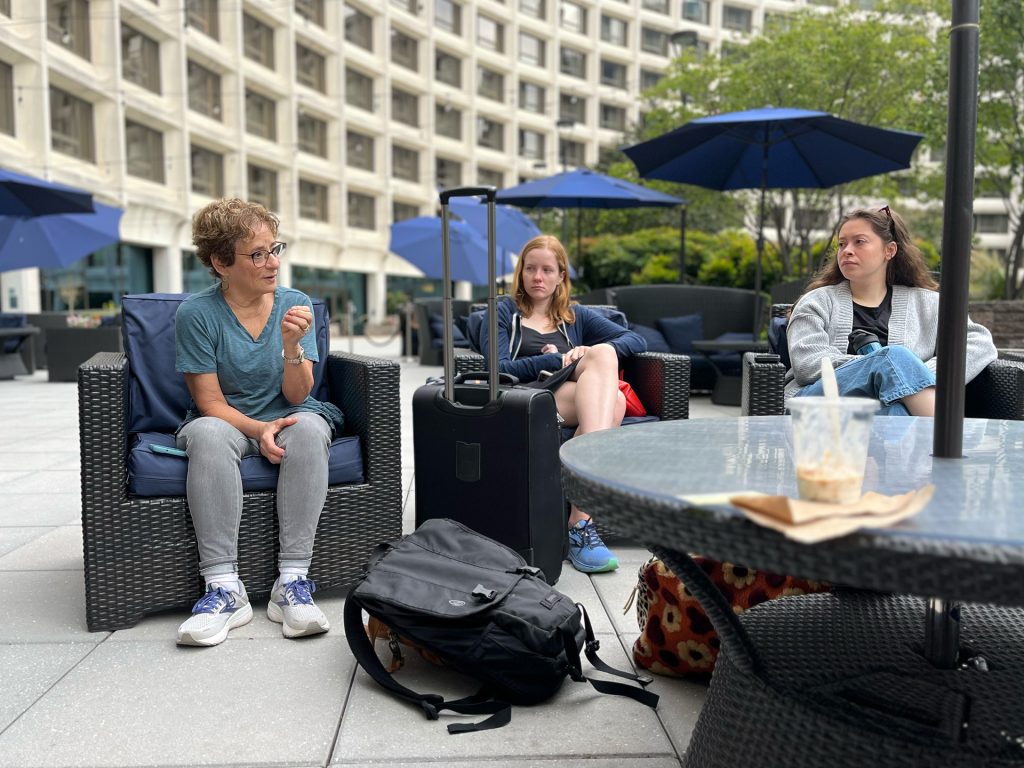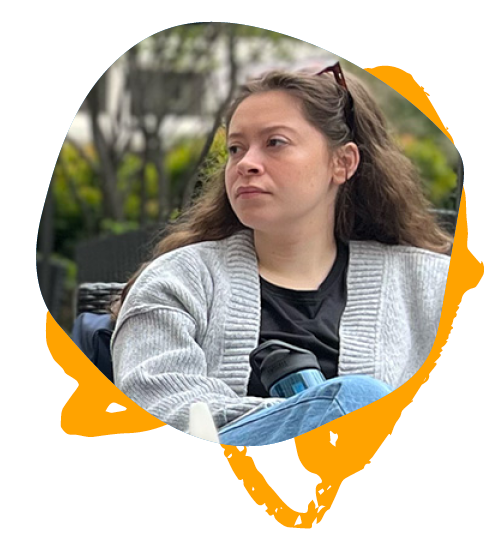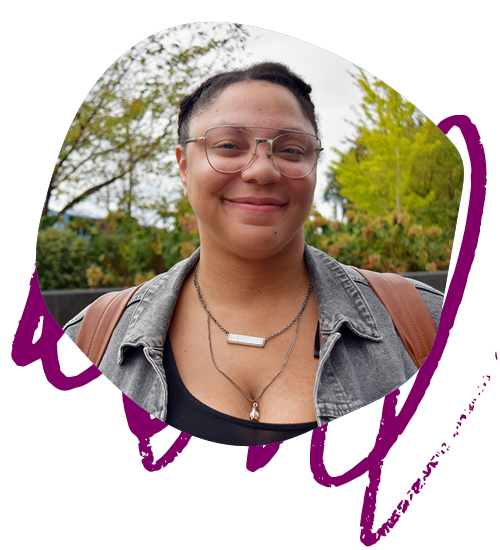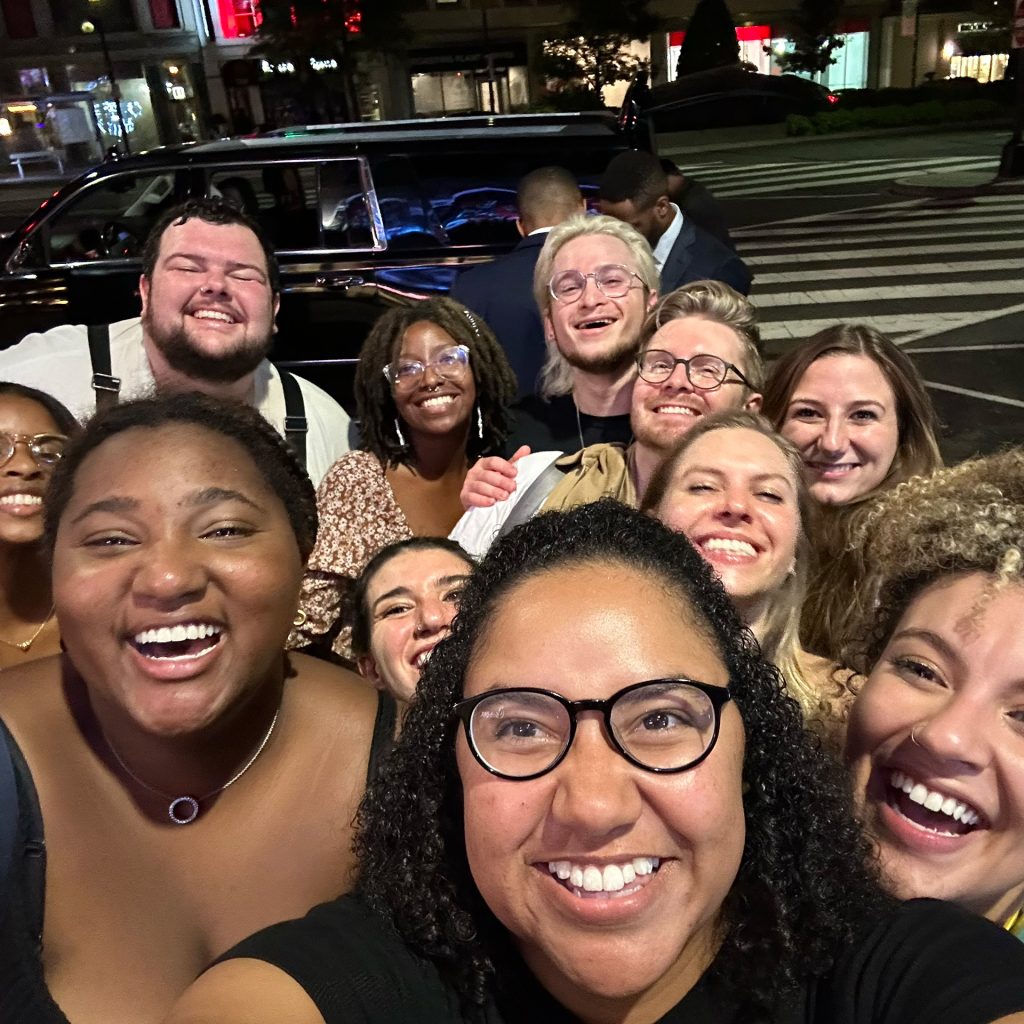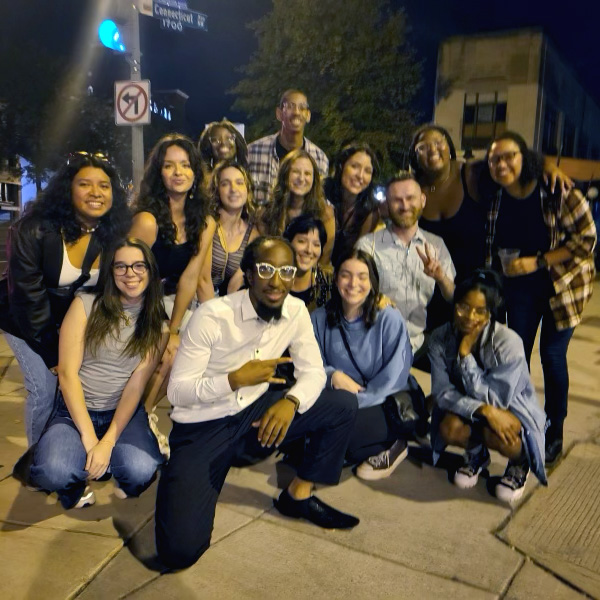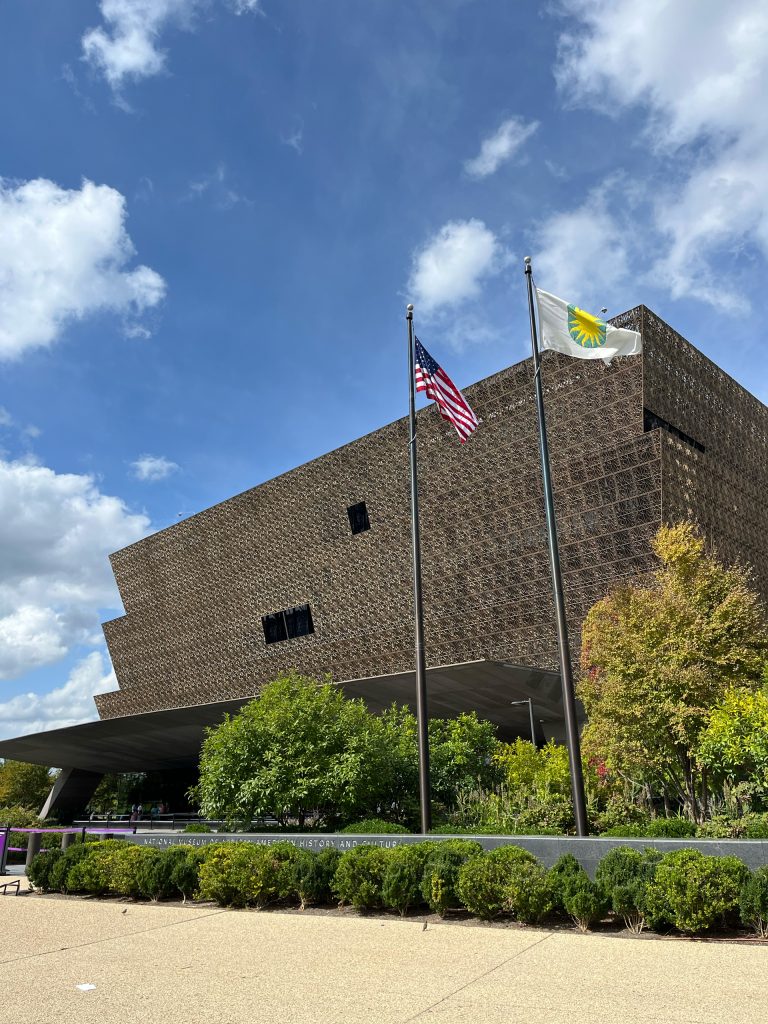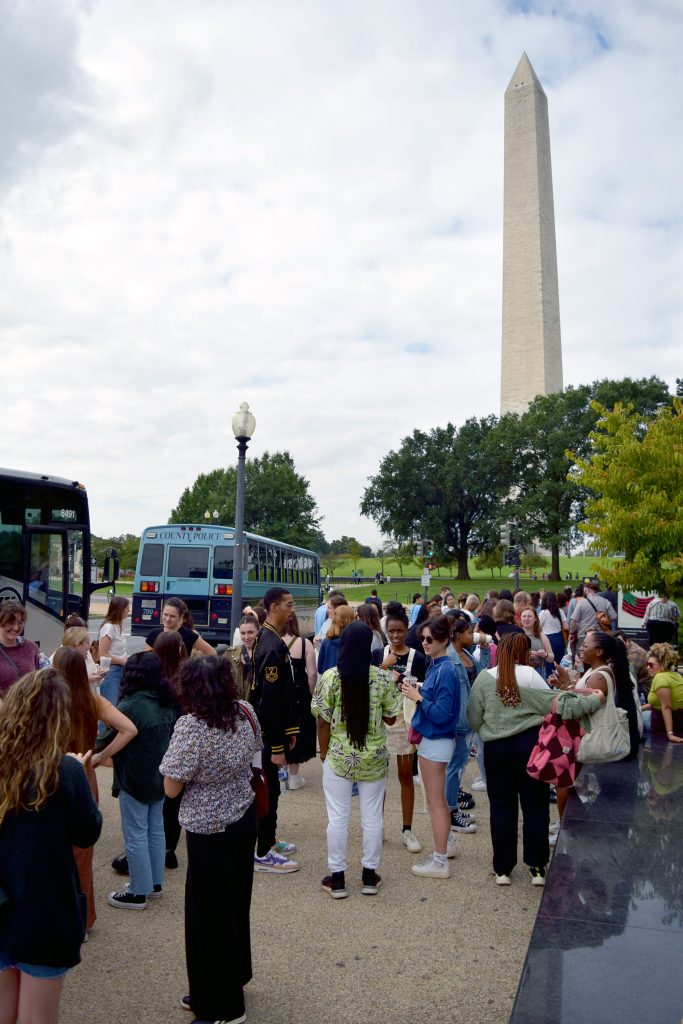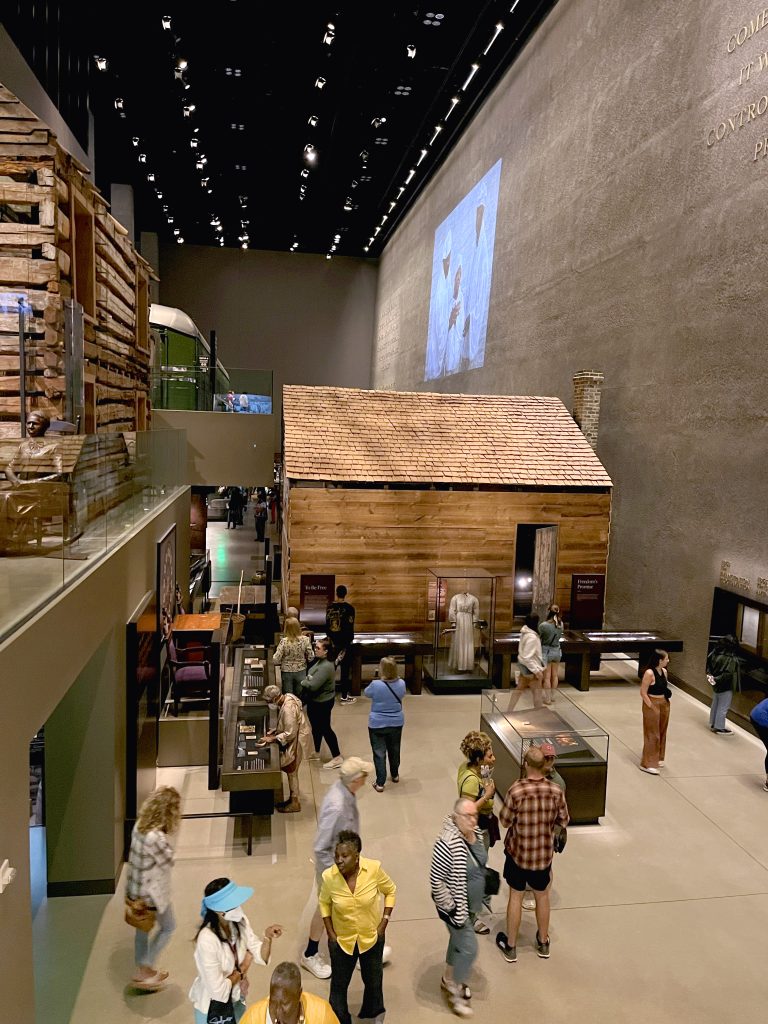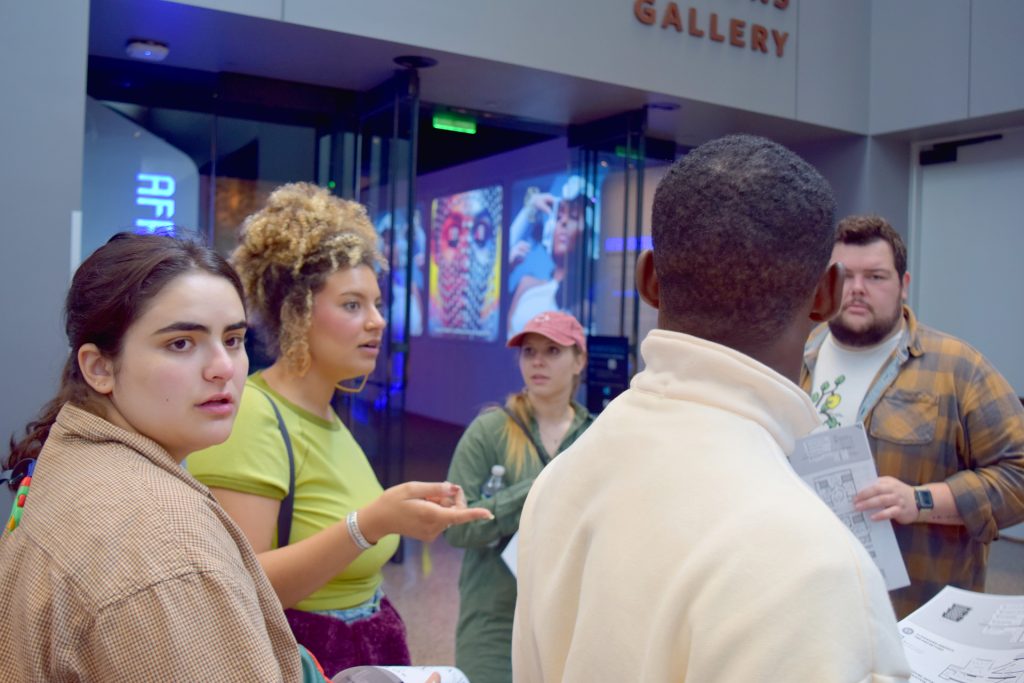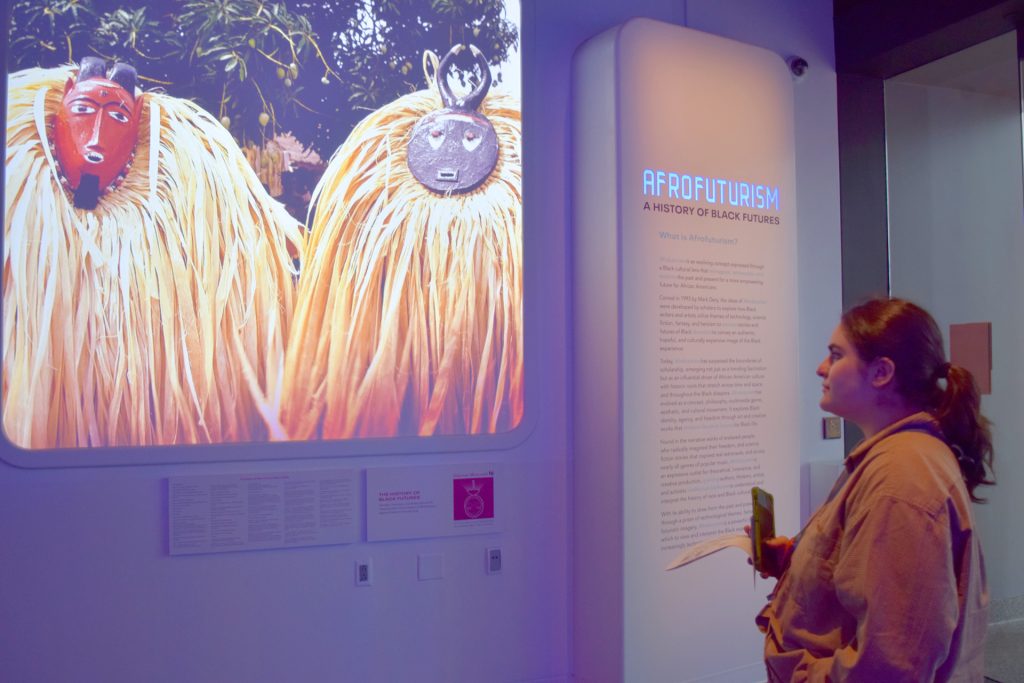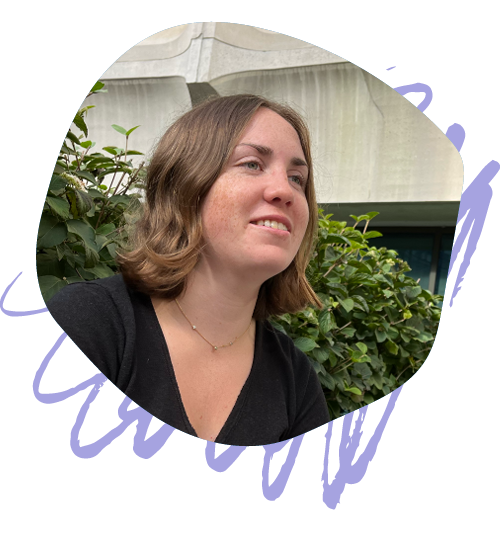by Brian Behm
UNC School of Social Work graduate students traveled to Washington, D.C. where they had the opportunity to deepen their study of oppression and resistance with visits to the the United States Holocaust Memorial Museum and the National Museum of African American History and Culture. On the trip, they reflected on the structures and practices of oppression—and the triumphs of resistance—experienced by groups who have been targeted and deeply harmed because of their identities. Through engaging with artifacts and images, supported by opportunities for discussion, processing and making connections, the trip was a rich experience for education and growth.
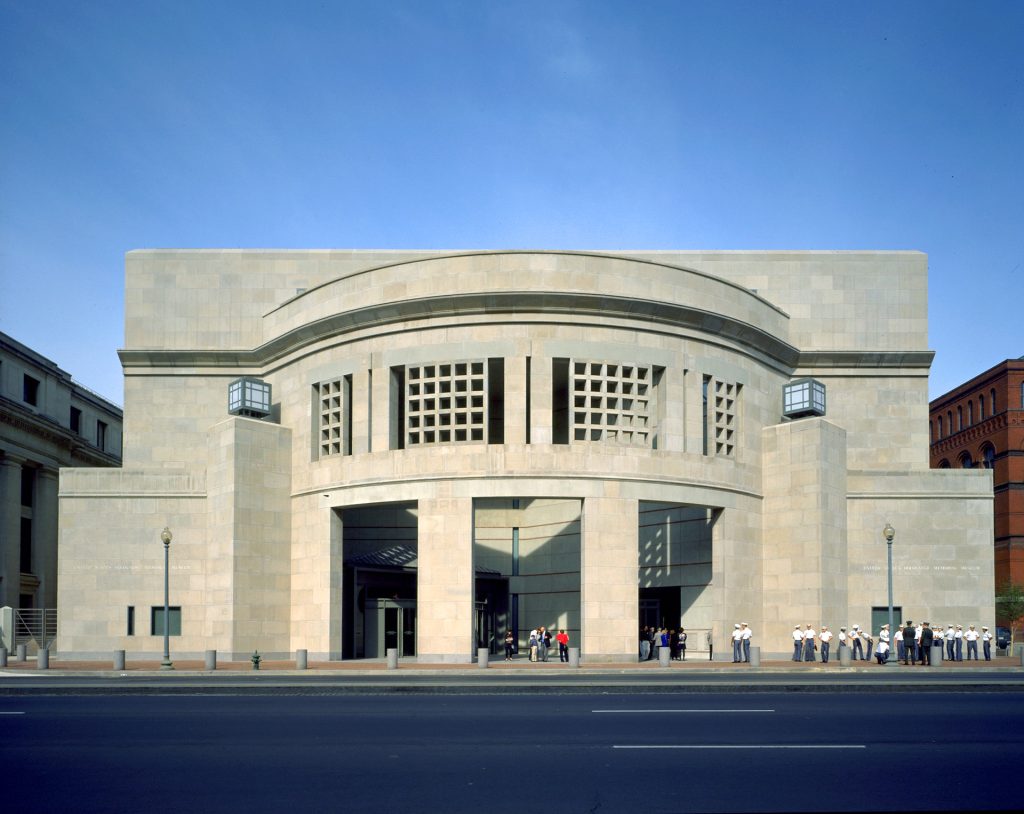
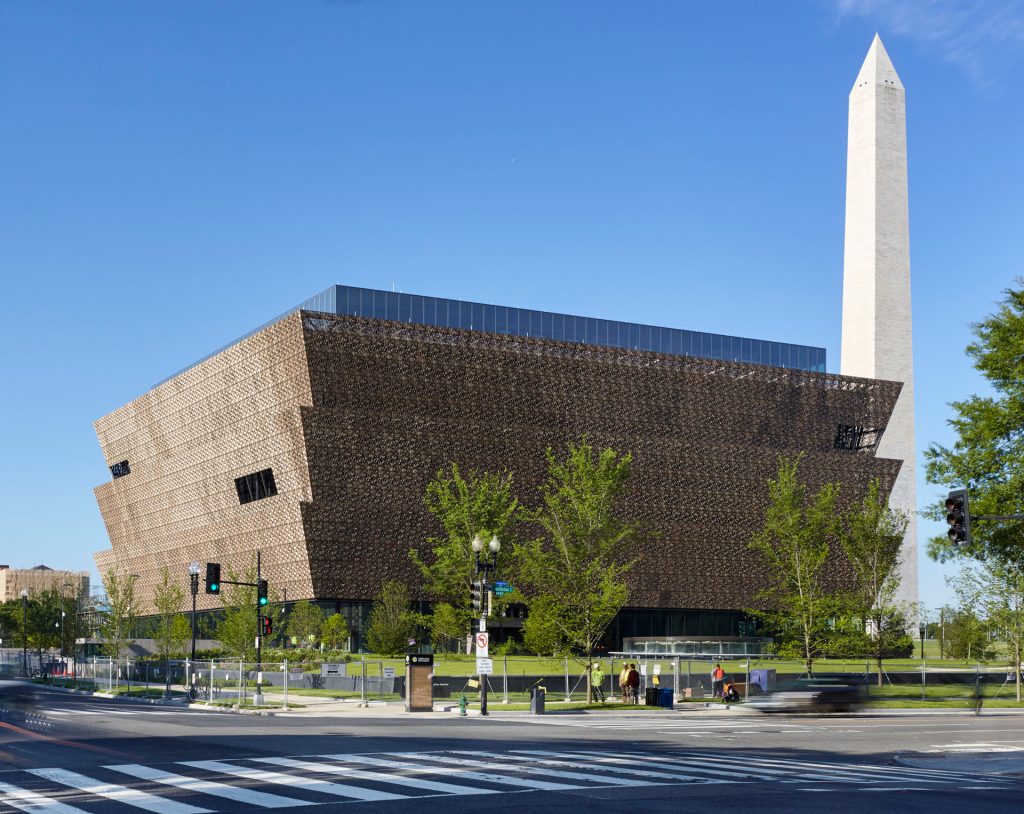
Day One: United States Holocaust Memorial Museum
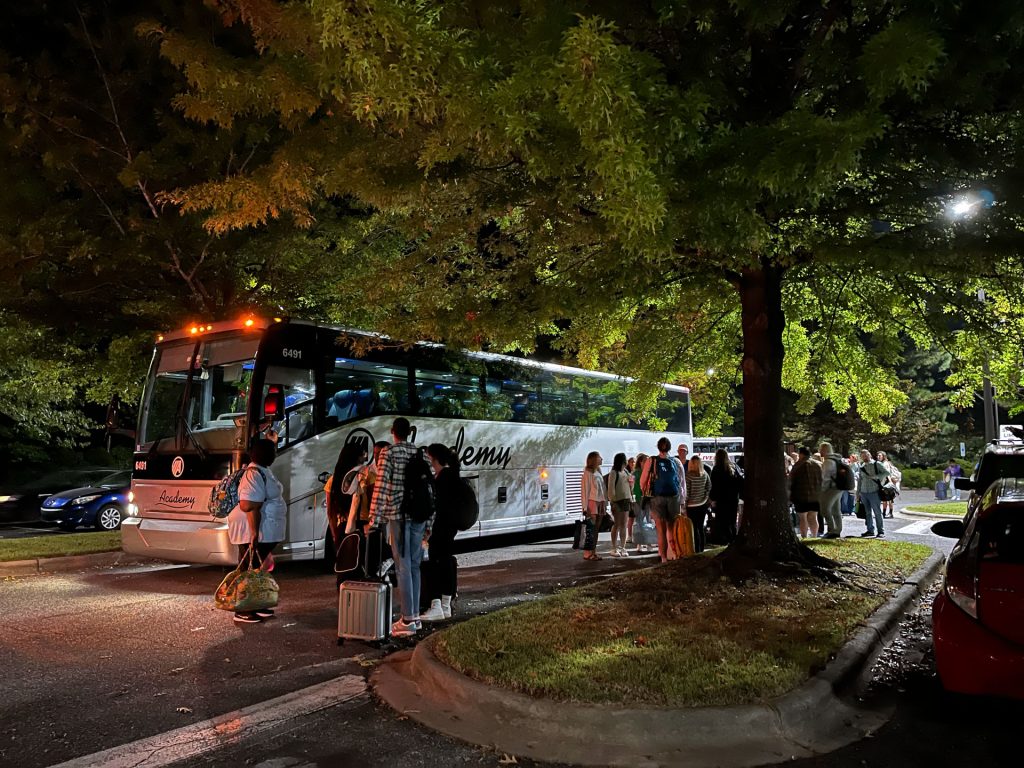
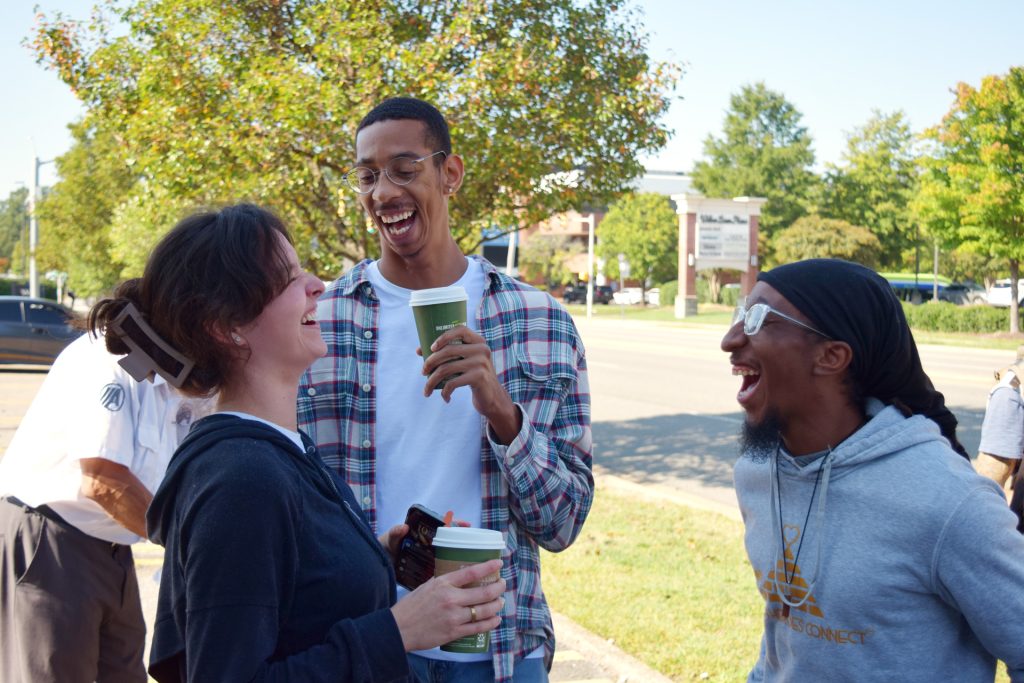
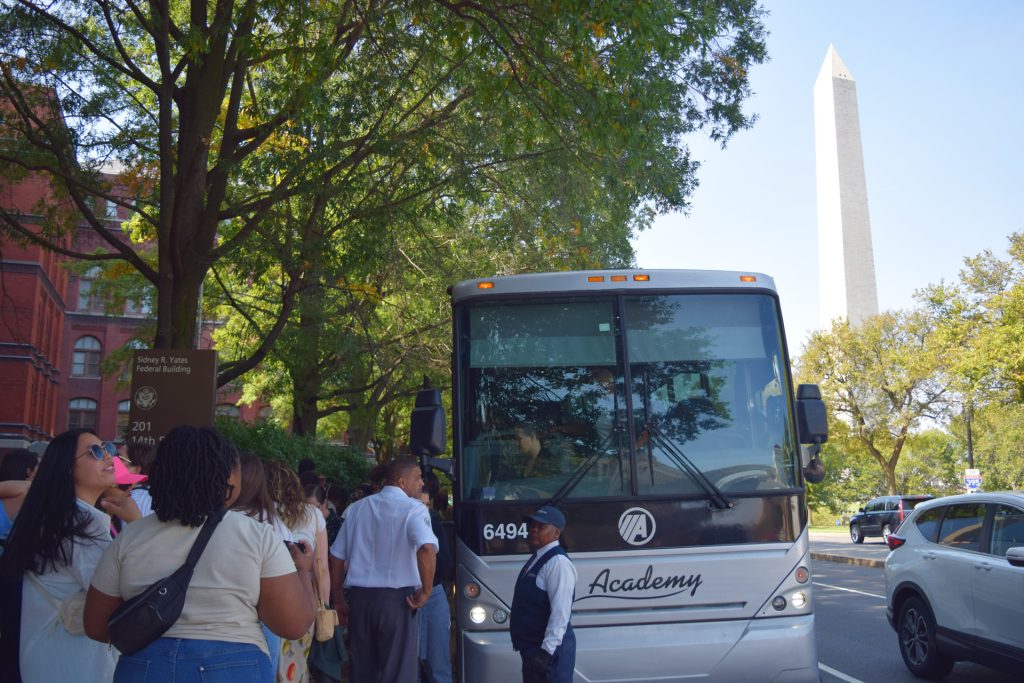
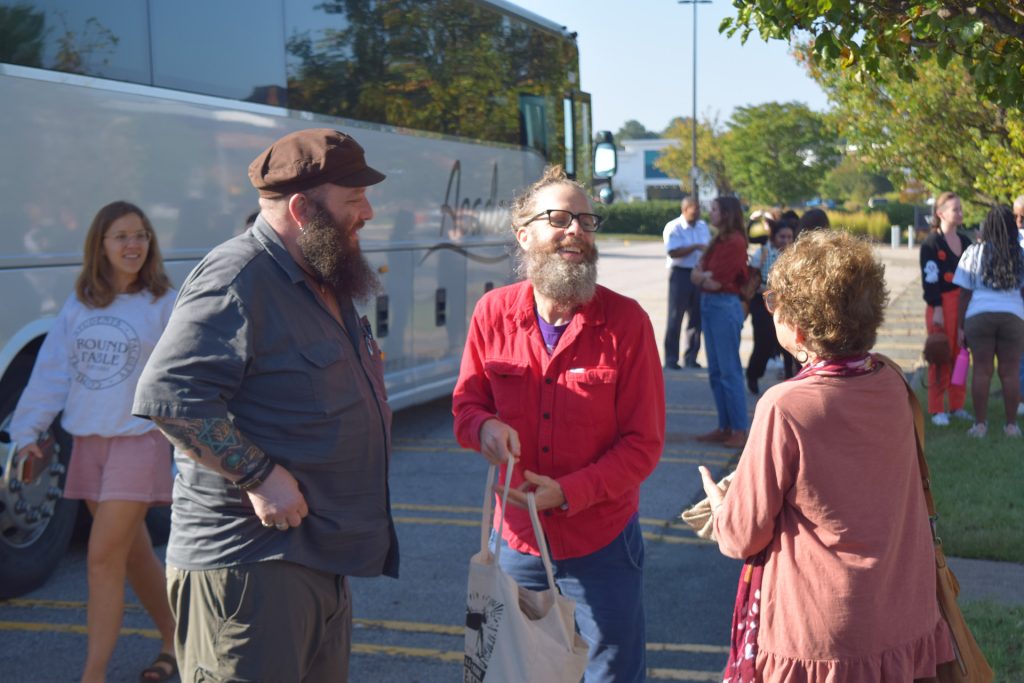
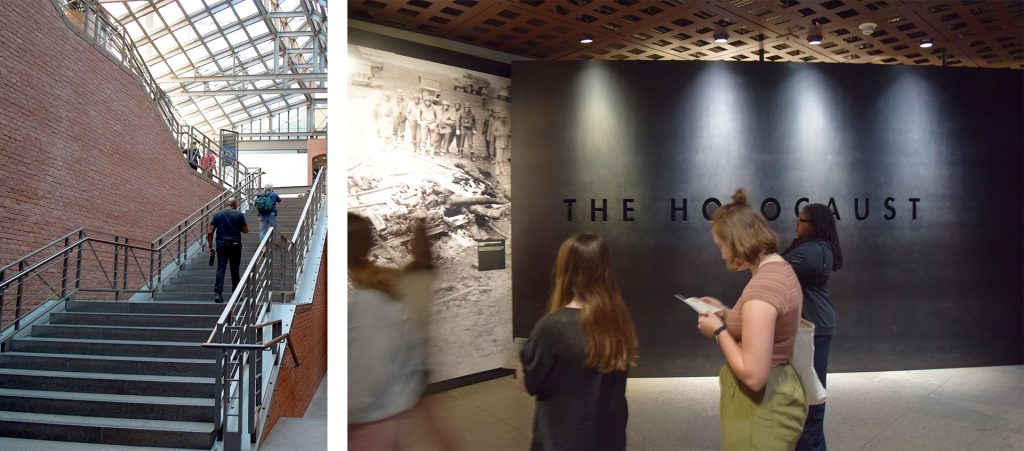
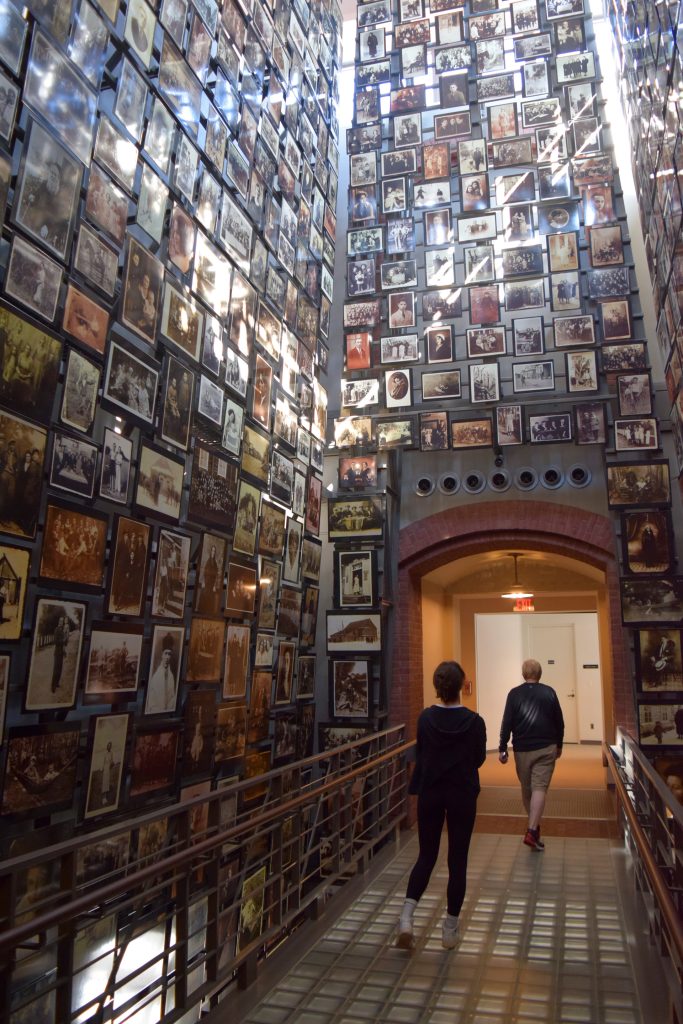
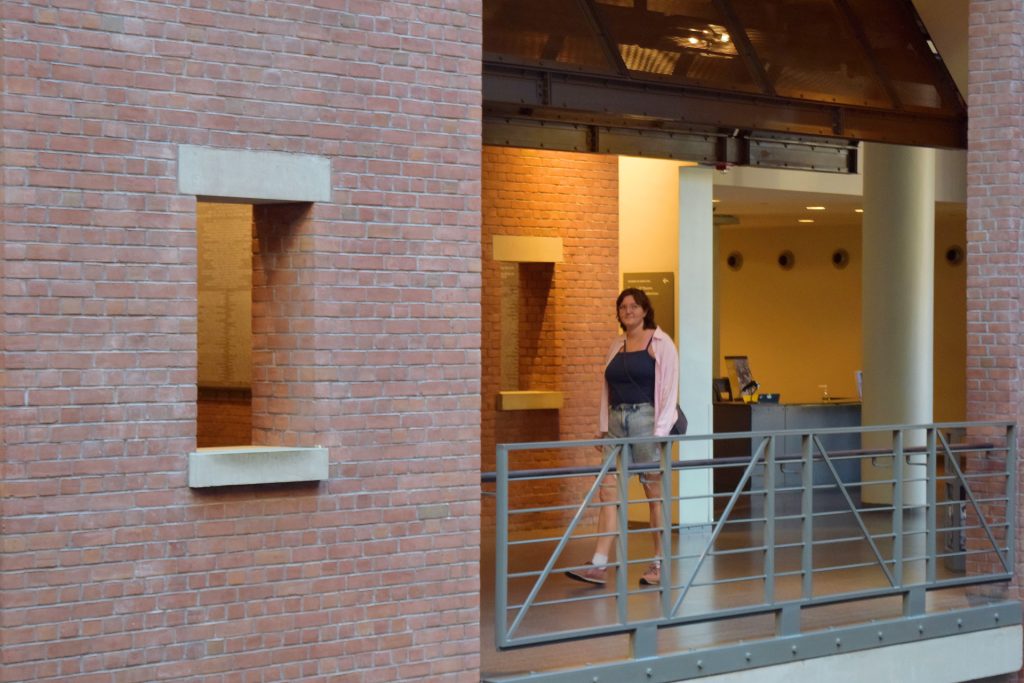
Afterward, Bilotta and Selz-Campbell hosted a casual roundtable discussion and reflection time for students in the hotel courtyard.
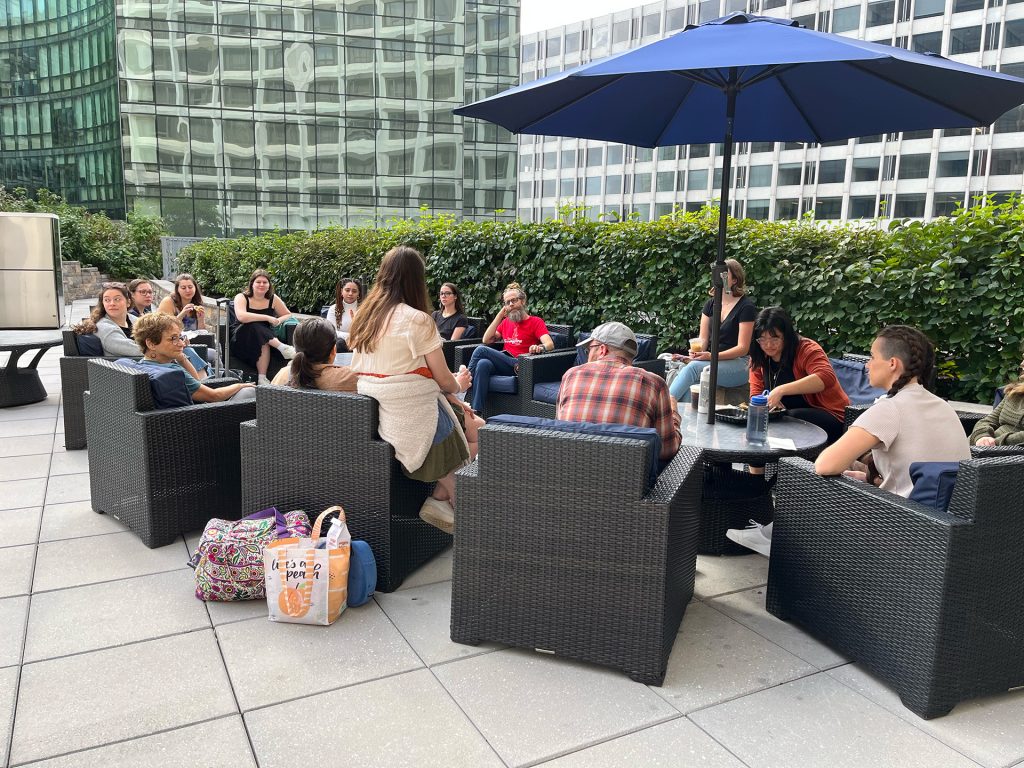
“The museum was a really different experience this time compared to when I was last there as a kid. It was really powerful seeing it as an adult.”
—Macy Riopel
“I think the thing that stands out to me is the capacity humans have to commit these abhorrent atrocities and crimes against humanity … I really liked the hall of reflection—the fact that they included a place that’s solely designated for processing what you just saw.”
—Brad Hinkle
Group conversation started with initial reactions to the emotional impact and the graphic nature of certain exhibits in the museum, and gradually drifted to a discussion around genocide, trauma, and race issues, both in 1940s Germany and globally today.
“Race is always in the room. What’s causing us to idealize a place like Finland? They’re so progressive, and yet it’s nearly a white-only society … because they made it that way!”
—Min Jae Kim
“What struck me was how scary it was to see the factors that make something like (the Holocaust) happen. It made me think about what’s the thing that turns into the next genocide.”
—Claudia Vial
“As a Black person, I feel like my role is to—first and foremost—survive. There are moments in my life today where I look around and think, ‘How did I get here?’ And I can’t take everyone with me, but I can do some things. I don’t feel like it’s my job to dismantle systems, it’s my job to build—to heal and to build. How can we build back systems to be more loving? We need something that’s more soft and nurturing.”
—Chenelle Doutherd Ghoshal
Later students broke off into smaller social groups to enjoy dinner and spend some free time together.
Day Two: The National Museum of African American History and Culture
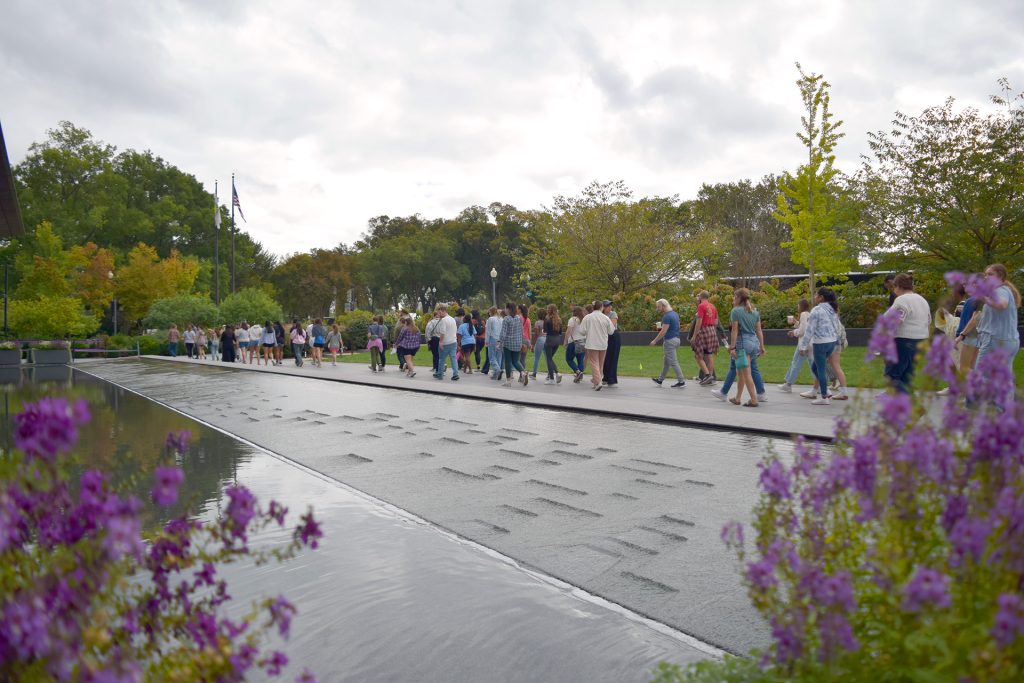
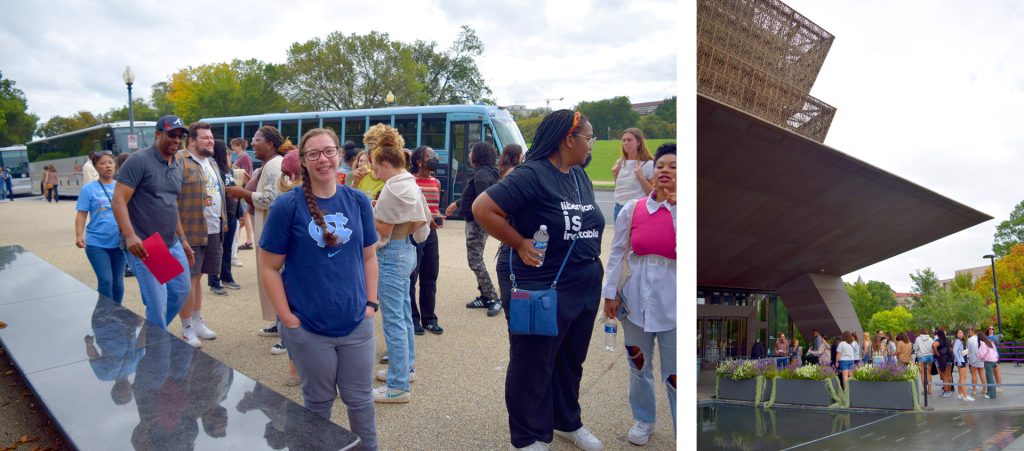
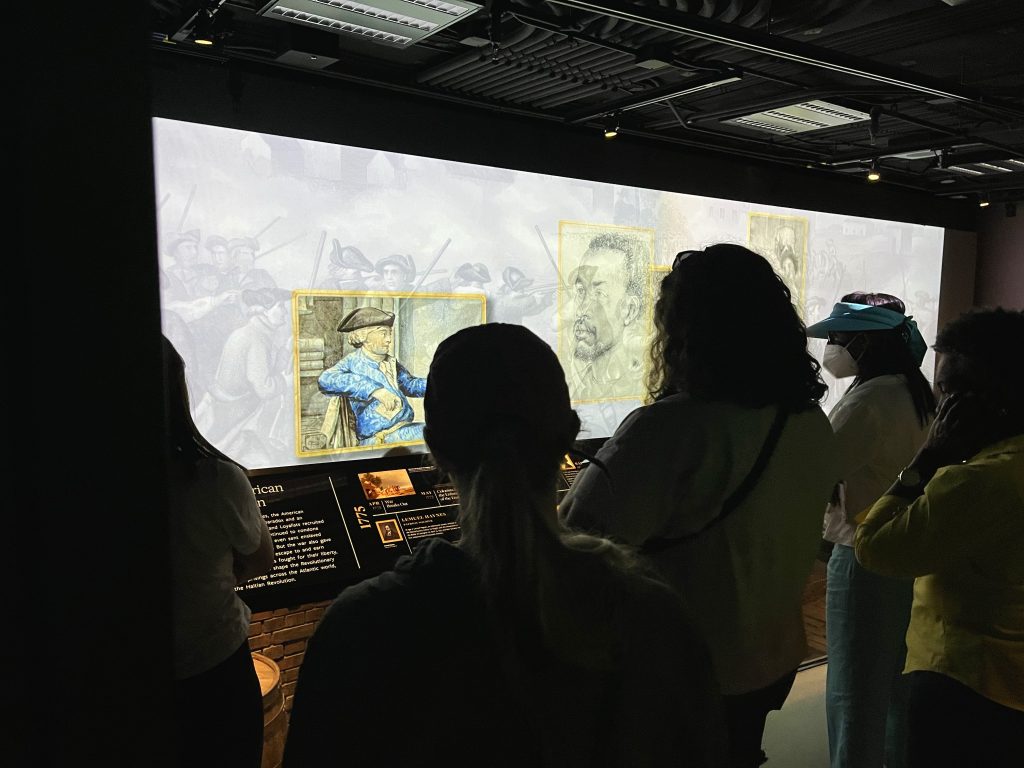
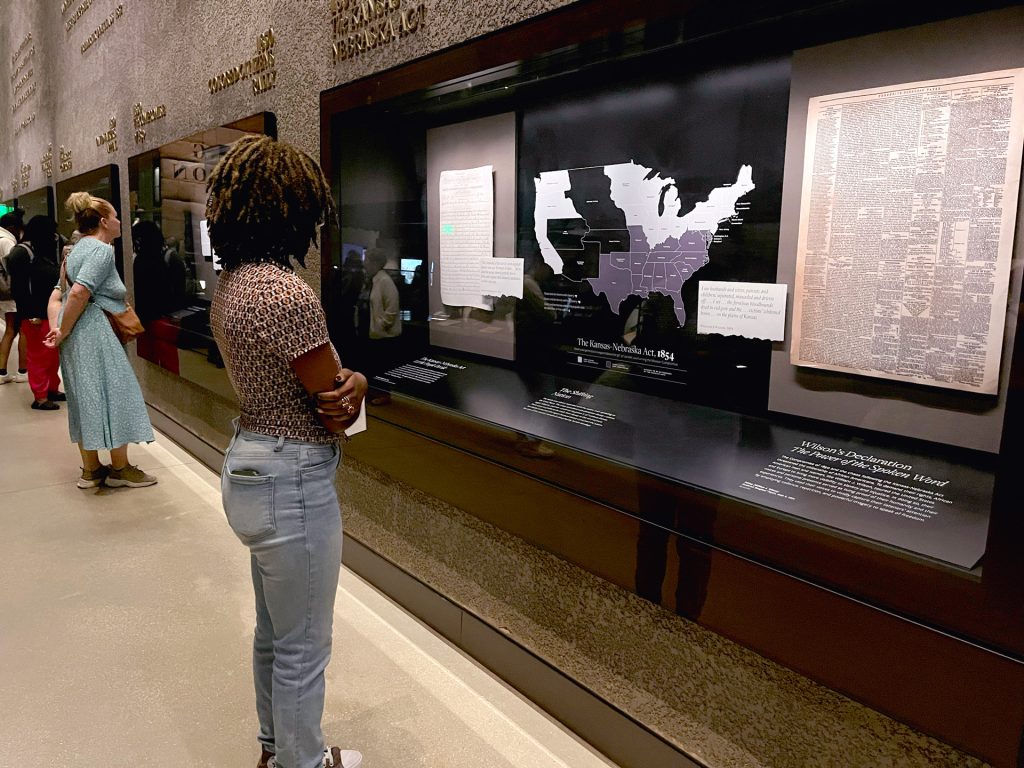
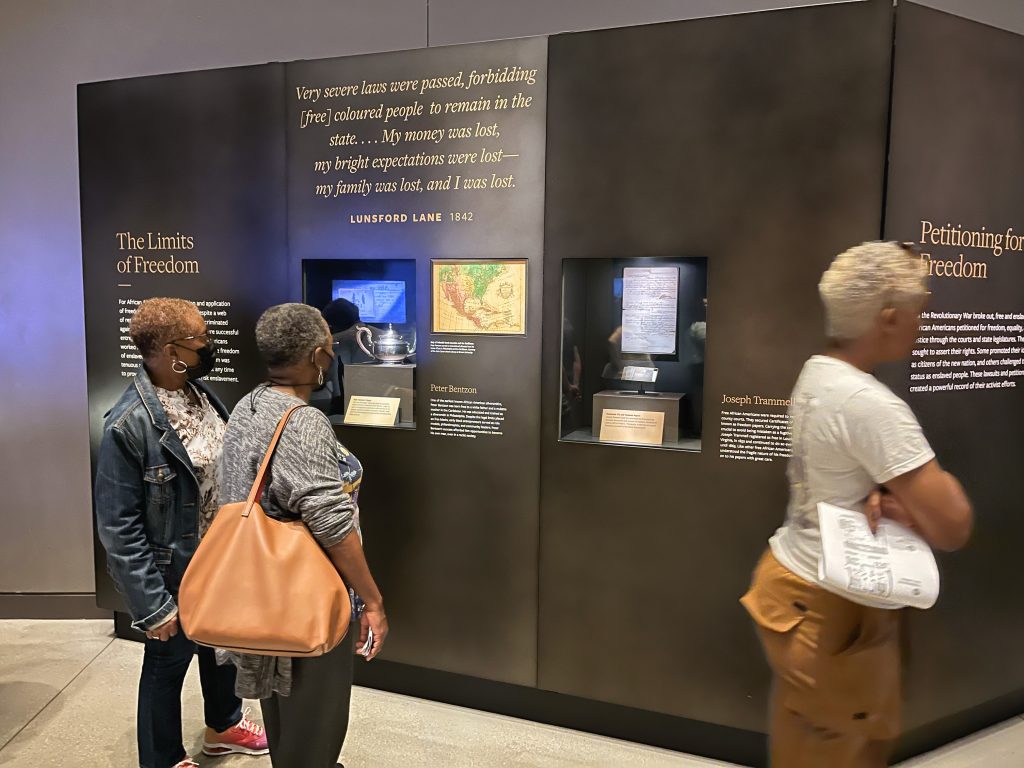
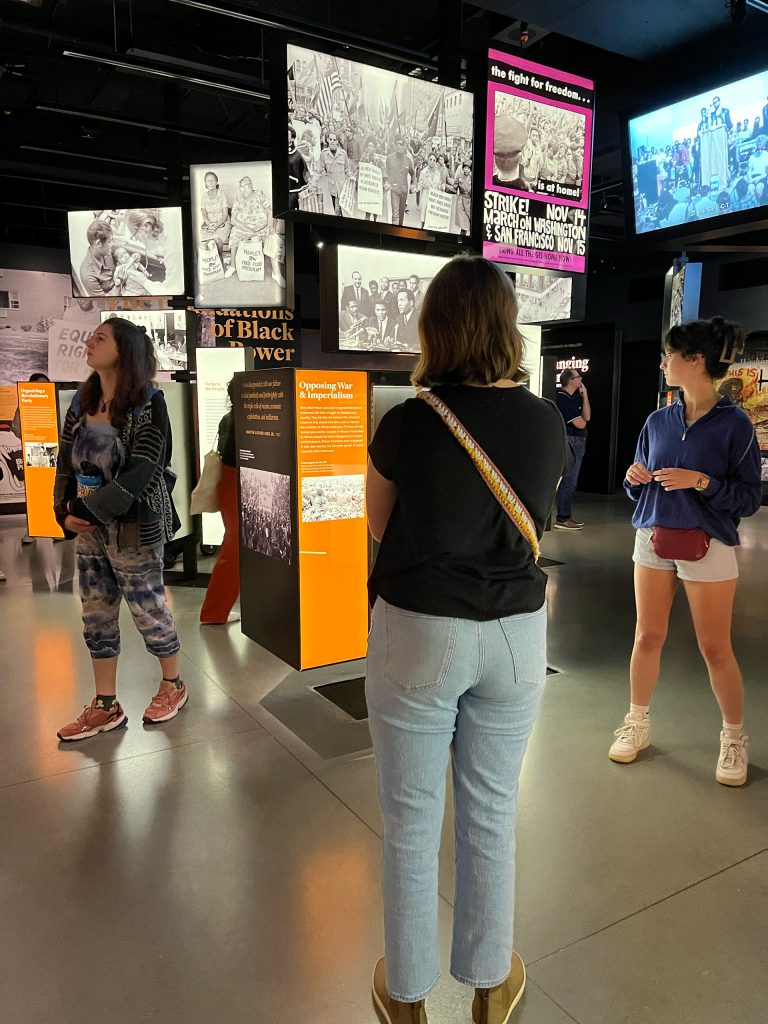
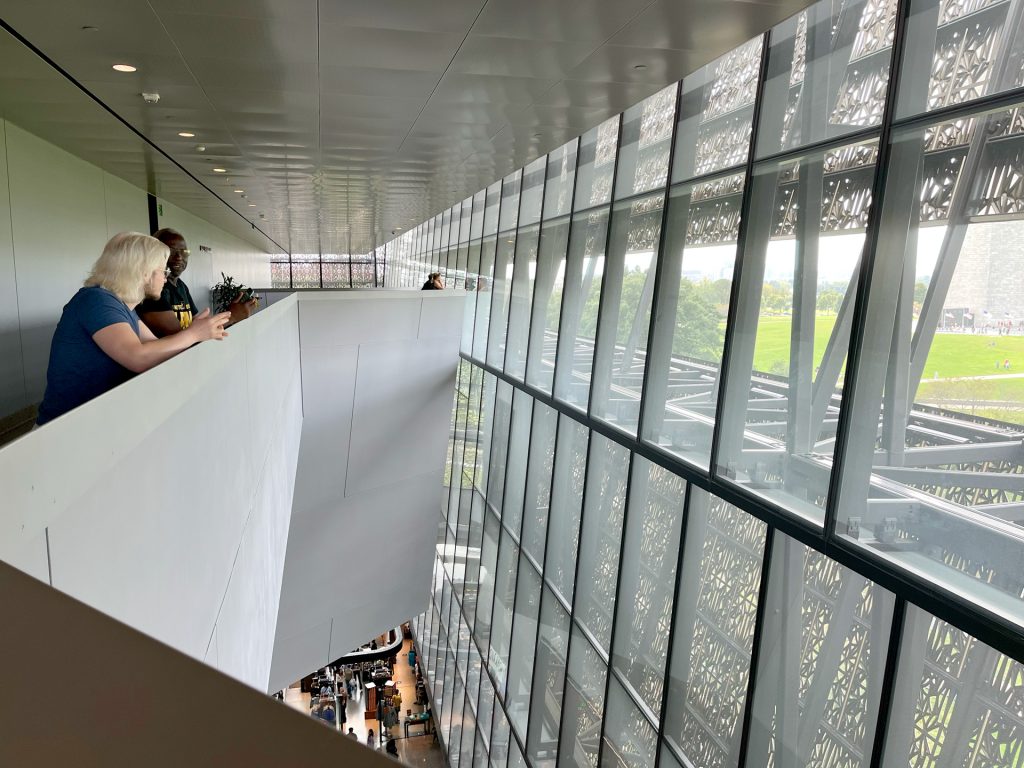
“I think naming [bigotry and racism] is something that comes to mind. The power of language feels like a small thing, but that’s something I can do: to use language to describe things accurately. Like shifting from ‘criminal justice system’ to the ‘criminal legal system.’”
—Julia Burke
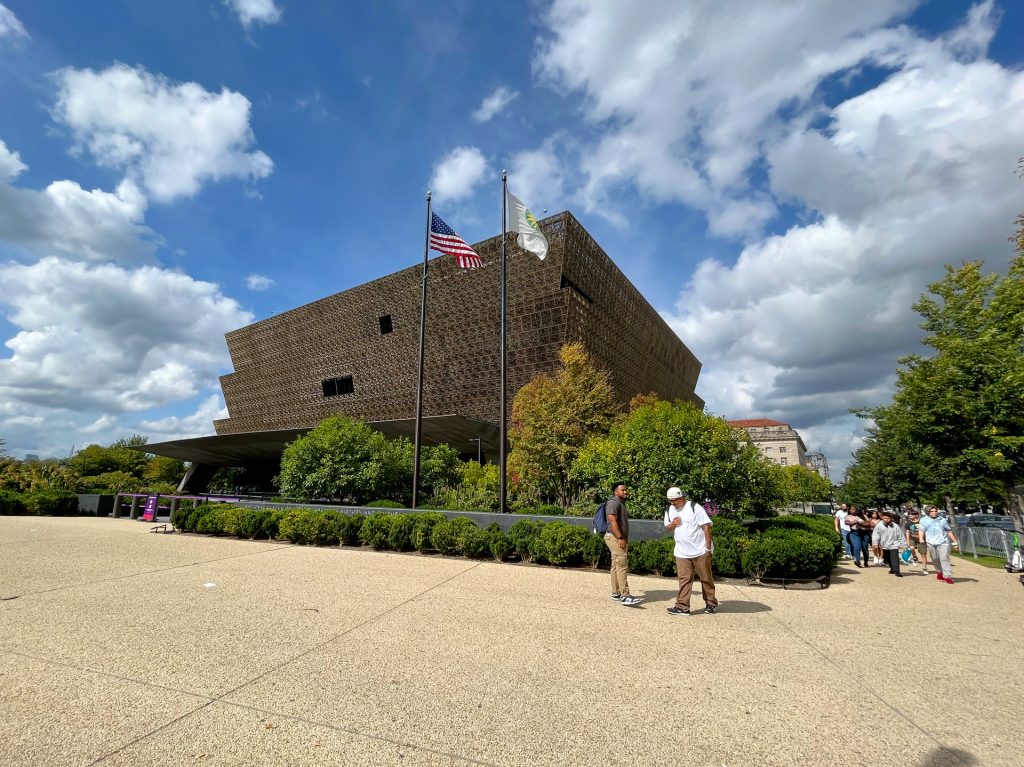
Every student we spoke with after the trip has said it was a valuable and moving experience. Many were thankful for the opportunity and to the instructors and staff who worked hard to orchestrate everything.
| The School extends sincere gratitude to the Lynette Szabo Green Fund for Holocaust Education. The Green family’s generous support made it possible to bring 110 students and nine faculty/staff on a more-than-500-mile trip for this unforgettable immersive experience. Thank you! |

